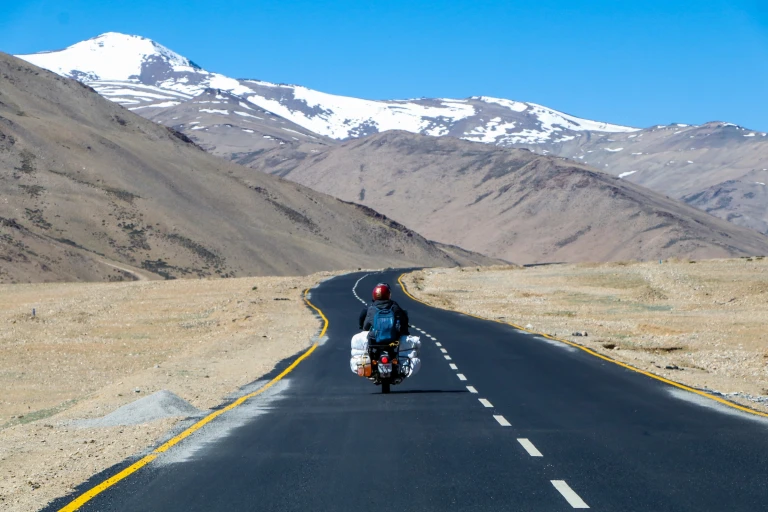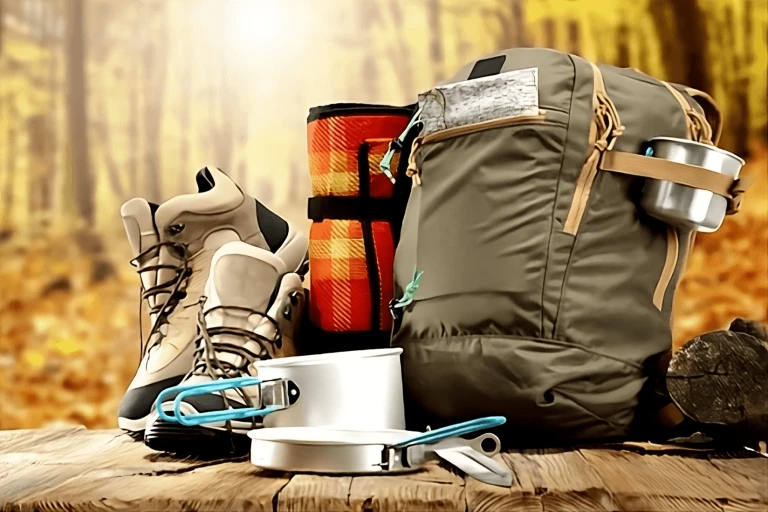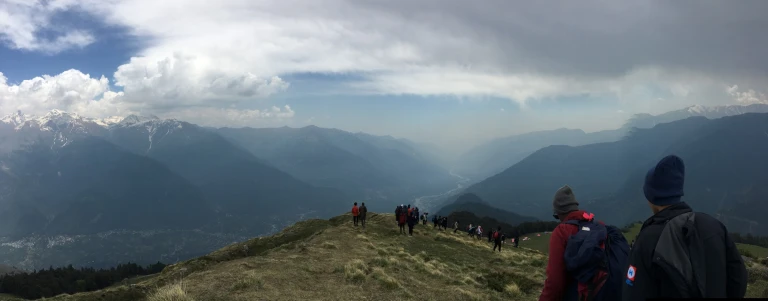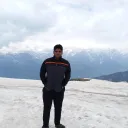Himalayan Camping 101: Everything You Need to Know
Camping in the Himalayas is an adventure like no other, offering some mind-blowing landscapes, serene natural beauty, and a chance to disconnect from the hustle and bustle of city life.
However, it requires careful planning and preparation to ensure a safe and enjoyable experience. In this comprehensive guide, we'll cover everything you need to know for a successful Himalayan camping trip.

Select your Destination
Research
First, choose a specific region in the Himalayas based on your interests, to name a few:
Himachal Pradesh - Solang Valley, Triund, Kheerganga
Uttarakhand - Rishikesh, Chopta, Valley of Flowers
Ladakh - Pangong Lake, Nubra Valley, Tso Moriri
Sikkim - Dzongri, Tsomgo Lake, Yuksom
These are a few of the well-known spots in these regions. Do proper research on the best camping spots within your chosen region.
Permits
Wandering in the Indian Himalayas is generally hassle-free, but there are some destinations that require permits.
There are different types of permits such as:
Inner Line Permit (ILP)
Protected Area Permit (PAP)
Permission from local police or forest department
Check if any permits are required for camping in your chosen location and obtain them well in advance.
Season
Spring (April to June)
Spring is considered one of the best times for camping in the Himalayas.
The weather is relatively mild, and the landscape comes alive with blooming flowers and lush greenery.
The temperatures are comfortable, and the days are generally sunny, making it ideal for outdoor activities such as trekking and camping.
Autumn (September to November)
Autumn is another excellent season for camping in the Himalayas.
The monsoon rains have cleared, leaving behind clear skies and stunning views of the mountains.
The weather is cool but not extremely cold, and you can enjoy the vibrant fall foliage in many parts of the region.
This is also a great time for trekking and camping, and it's often less crowded than the spring season.
Gear and Equipment

Tents
Invest in a high-quality, weather-resistant tent suitable for the harsh Himalayan conditions.
Make sure it's lightweight for easy transport.
Sleeping Bags
Choose a sleeping bag rated for cold weather and insulation, as temperatures can drop significantly at higher altitudes.
Clothing
Dress in layers and bring warm clothing, including thermal wear, fleece jackets, and waterproof outer layers.
Footwear
Wear sturdy, waterproof hiking boots with good grip for trekking and navigating uneven terrain.
Backpack
Opt for a comfortable, adjustable backpack with enough capacity to carry your essentials.
Cooking Equipment
Pack a portable stove, cookware, and utensils if you plan to cook your meals. It will come in handy and be a lifesaver during camping in extremely remote areas.
Food and Water
Carry lightweight, nonperishable food items and a reliable water purification system.
Usually, it’s better to get high-quality natural filtration water bottles.
First Aid Kit
Bring a comprehensive first aid kit and any necessary medications.
It’s safer to carry a portable oxygen cylinder if you are planning for high-altitude treks during your camping.
Navigation Tools
Carry maps and a compass. Anyway, you will have your smartphone with a navigation app.
Don’t forget to download offline maps of the location you are planning to go.
Camping Accessories
Don't forget essentials like head caps, sunglasses, headlamps, pocket knives, and a multitool kit. Trust me, this will come in handy more than you think.
Health and Safety
Acclimatization
Allow time for acclimatization to prevent altitude sickness. Ascend gradually, staying at lower altitudes for a day or two before moving higher.
Hydration
Stay well hydrated to combat the effects of high altitude and dry air.
Weather Monitoring
Keep an eye on weather forecasts and be prepared for sudden changes in weather conditions.
Emergency Contacts
Share your itinerary and emergency contacts with someone back home.
Wildlife Precautions
Learn about the local wildlife and take precautions against encounters with wild animals.
Leave No Trace
Respect Nature
Follow the Leave No Trace principles by minimizing your impact on the environment. Pack out all trash and avoid disturbing wildlife.
Campsite Selection
Choose established campsites whenever possible to minimize your impact on fragile ecosystems.
Campfire Regulations
Check local regulations regarding campfires and use a camp stove for cooking.
Human Waste
Follow proper waste disposal practices by using designated toilets or digging a cat hole.
Trekking and Exploration

Route Planning
Plan your trekking routes carefully, considering your fitness level and the duration of your trip.
Local Guides
Consider hiring local guides or porters for trekking in unfamiliar terrain.
Wildlife Viewing
Observe wildlife from a safe distance and avoid feeding them.
Cultural Respect
Be respectful of local cultures and customs. Learn about and follow any local traditions or rules.
Emergency Preparedness
Emergency Signals
Know how to use signals such as whistles, mirrors, or flares in case of emergencies.
Camping in the Himalayas offers an unforgettable adventure, but it demands careful preparation and a deep respect for the environment and local cultures.
By following these guidelines and being well-prepared, you can embark on a safe and fulfilling Himalayan camping experience that will create lasting memories amidst some of the world's most awe-inspiring natural beauty.
Published at
About Author
Yashas
Subscribe our Newsletter
Get our weekly tips and travel news!
Related Posts
10 Best Free Treks Near Bangalore - 2024
Discover 10 free treks near Bangalore for adventure seekers! Explore hills, caves, and forts without breaking the bank. Hike, explore, and recharge.
10 cabin bags that can be your flying best friend!
Planning your next desi adventure? This article explores 10 cabin bags that'll be your travel BFF, from stylish suitcases to comfy backpacks. Discover the perfect match for your travel style and needs, and get ready to conquer the skies!
10 Easy but Extremely Beautiful Treks in India for Beginners
Dreaming of mountain views but worried about difficulty? Say no more!
10 Easy - Moderate Himalayan Treks for Beginners
Explore stunning landscapes, challenge yourself, and fall in love with trekking!
10 Gifts that every Backpackers will love
Forget socks & sweaters! Gift your backpacker buddy desi magic: spice kits, monsoon ponchos, chai chillers, sari snuggle sacks & more! Fuel their next adventure with unique, India-inspired gifts they'll truly love.
Latest Posts
Cinese Woman Blocks Train Door for Family Members and Gets Detained
As the train’s alarm blared and platform staff rushed in, the woman refused to move...
Pahalgam Terror Attack: 28 Tourists Killed in Kashmir
A deadly terrorist attack in Pahalgam, Kashmi. Find out which areas are restricted, what safety measures are in place, and where it's still safe to travel.
10 Best Tourist Attractions in the Philippines for Indians
Plan your next getaway with this guide to the 10 best tourist attractions in the Philippines that Indian travellers will absolutely fall in love with.
You don't Need FASTag anymore? Everything you need to know!
No more FASTag from May 1st?
Zanskar Valley Travel Guide - Everything You Need to Know
Looking to get lost? Zanskar Valley might be for you.

